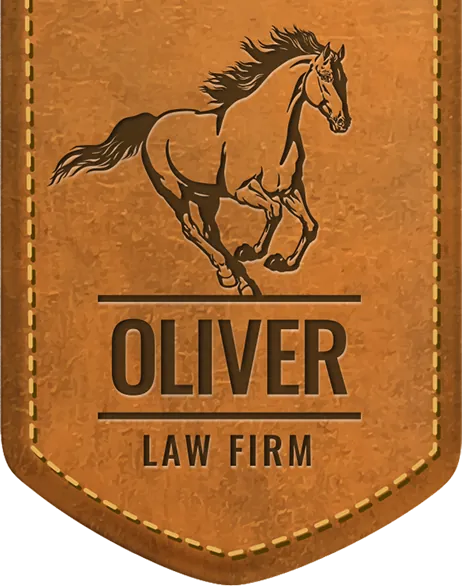
Since then, technology in general has advanced light-years and that progress may best be seen in the transformation of cell phones and their capabilities. And while we may believe there is nothing left for engineers to fit inside those tiny boxes, they have proved us wrong time and time again by unveiling features we didn’t even know we needed.
Despite the rapid progress in technology, Paul’s Law, the Natural State’s texting and driving law named in memory of a Jonesboro man who was killed in a head-on collision with a car driven by a man who admitted that he was distracted while texting, was left untouched since its approval until recently. On March 29, 2017, SB 374 was signed into law, bringing much needed changes and clarifications to Paul’s Law.
One of the major changes to the law was a modernization of the language used to more accurately define what actions are and are not permitted behind the wheel. The original version stated that drivers “shall not use a handheld wireless telephone for wireless interactive communication.” That vague language created problems for law enforcement officers determining what was a violation.
Consequently, the amended version makes a couple of changes to the language. The first was to replace “handheld wireless telephone” with “wireless telecommunications device,” which expands the scope of the statute to include laptop computers and any other devices able to send and receive text. Also, the amended language expands the prohibited uses beyond merely texting or emailing to include accessing and viewing social networking sites also. However, the amended statute clarifies that certain exceptions do exist and a few specific uses are permitted, including reporting illegal activity, summoning emergency assistance, and using a GPS to navigate.
Another major change is substantial increases to the penalties assessed for a violation of the statute. The penalty under the original version for the first violation was only a warning citation. Now, first time violators will now receive a fine up to $250. And the penalty for subsequent violations has been increased from $50 to $500. However, to highlight the importance of eliminating distractions while driving, the amended statute instructs courts to assess an additional fine equal to double the amount of the fine already imposed if the driver was involved in a an accident while violating the statute.
Recent studies have shown that up to 92 percent of drivers use their cell phones while driving, a trend many blame as the cause of the 31 percent increase in the number of people significantly injured in auto accidents over the past seven years. Every year thousands of people are killed and hundreds of thousands are injured due to texting and driving.
If you or a family member have been injured in an auto accident involving a distracted driver and would like to discuss your rights and options, our team at Oliver Law Firm is here to help. Our office is located just West of Exit 81 on I-49 in Rogers, Arkansas. Give us a call at 479-202-5200.
We serve Rogers, Bentonville, Springdale, Lowell, Bella Vista, Centerton, Decatur, Highfill, Cave Springs, Gravette, Pea Ridge, Fayetteville, Huntsville, Berryville, Eureka Springs and all of Arkansas.
Related blogs:
What Exactly is Distracted Driving?
Safe Driving for Teenagers
Cellphone Distractions While Driving are on the Rise
Distracted Driving Kills
Driving While InTEXTicated – the new face of “DWI”
Fatal Distraction
a Free Consultation



